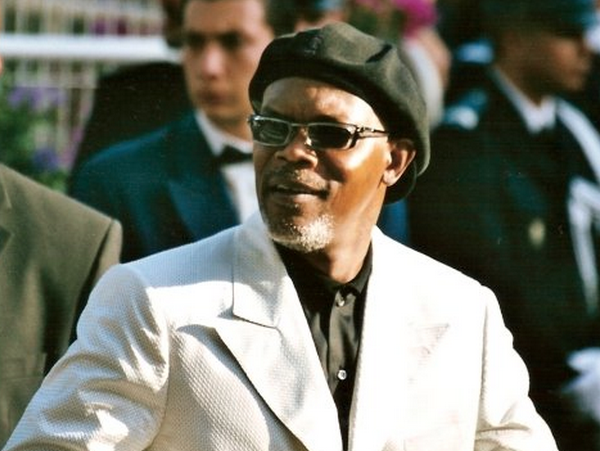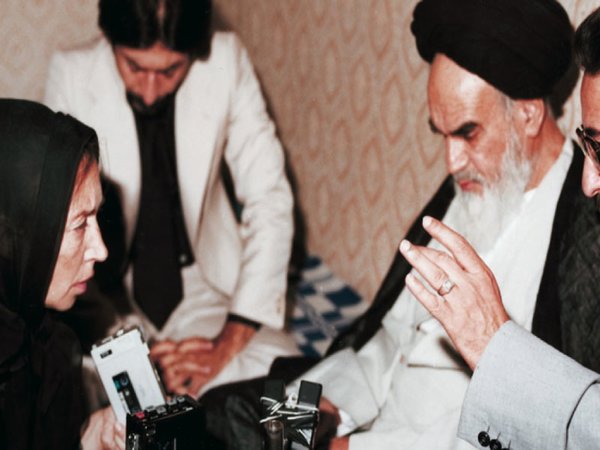It is often said that, for journalists, bad news is good news. Because a great deal of the public interest lies within disastrous situations, journalists are often expected to provide a first hand account of what has happened and, as such, become subject to trauma. This fictitious conversation outlines the long-term psychological effects that can occur as a result of the demands in this profession.
I heard that Jane was pretty shaken up after reporting on that fire today. Should we take her out for a drink or something?
What do you mean by ‘shaken up’?
It’s not like she’s upset or anything. She just seems a bit out of it – detached. I had to call out her name several times before she realised I was speaking to her and then she said something about how she doesn’t remember taking any of her notes. Weird, huh?
Well maybe it’s not that weird. I was reading an article by Frank Ochberg on the Dart Centre for Journalists & Trauma website that listed a lot of those symptoms.
But I didn’t list any symptoms.
Well, according to him you did. The absence of an emotional response after such a traumatic event, paired with her lack of awareness and memory loss is all associated with an acute stress disorder (ASD). And if that’s the case, then I don’t think a couple of beers and some pub therapy are going to do the trick.
I’m sure it’s nothing that serious. She’ll probably be fine in a week.
Well that doesn’t mean that she won’t have suffered from an acute stress disorder. Unlike posttraumatic stress disorder (PTSD), where the person in question might suffer psychologically damage for an unspecified amount of time, beginning days, months or even years after the trauma has occurred, ASD occurs between 2 days and 4 weeks after the traumatic event has happened.
Well, how will we know for sure if it’s that bad? Could it be something else?
Well, like I said, there are symptoms. Actually, PTSD and ASD are very similar, with the major difference being the time frame in which the discomfort is felt.
She could just be tired or something. I know I’m pretty unresponsive when I need a nap. How will we know for sure if she’s really suffering?
According to Ochberg, if it’s either of those two things she’ll be suffering from three reactions at once; recurring intrusive recollection, emotional numbing, which will affect her general day-to-day activity, and a change in her fear threshold.
Okay, you might have to explain it a bit more specifically.
Let’s start with recurring intrusive recollection. This can be subcategorised again, with two possible outcomes. The first is referred to as an unavoidable echo; where the person in question is subject to vivid flashbacks or hallucinations.
For instance, in Trauma: Journalists consoling Journalists, Christine Ballew-Gonzales mentions several instances in which the 9/11 terrorist attacks influenced one journalist and his colleagues.
These examples included one reporter who would shower constantly, as he felt that he could never wash away the smell of carnage from his skin. When the smell was long gone from his pores, it still remained within his psyche.
The second differs from this in that the recollection occurs as clear memories. While these are painful, they do not evoke the same sense of terror as the first outcome and can even become muted, evoking less emotion, through the person retelling their experience.
The major problem with this, according to Ballew-Gonzales, is that people don’t allow themselves to mute the memories because they fear that any acknowledgement would make them relive the terror. In fact, several other journalists avoided returning to ground zero due to this very outlook.
And all that’s only the first of three reactions?
Exactly. The second is an emotional numbing sensation. When you said that Jane didn’t appear upset, it could be due to this emotional detachment.
Well wouldn’t numbing the trauma be a good thing?
Not necessarily. While this works to cover the guilt, pain and terror, it also impedes you from feeling happiness, love and affection, too. It can also make it difficult to deal with the event, as the psychogenic amnesia that is now accompany this numbing can impede victims from fully remembering and coming to terms with the situation.
That’s rough.
You bet. Which brings me to the third reaction. Because of the clear memories and hallucinations associated with the first and the fact the second impedes her from fully dealing with these emotions, Jane might now have a lowered threshold for anxious arousal.
I see…
No you don’t. This simply means that sounds or images similar to that of the fire might cause Jane to react with alarm. For example, Charlotte Aiken writes in Reporters are victims, too, of her own experience with this.
When reporting on the terrorist attack on the Alfred P. Murrah Federal Building, in which 168 people were killed, every time she saw a military Humvee after the event occurred, she would burst into tears. As you can probably imagine, this kind of reaction can make it hard to concentrate and sleep, which in turn, makes it hard to work effectively.
Do you think Jane saw a dead body or something? No wonder she’s got that acute thing.
She might have – but not necessarily. These disorders don’t always occur through direct impact. Jan Maxson wrote a journal article, Training Journalism Students to Deal with Trauma: Observing Reporters Behaving like ‘Creeps’ where she explains that PTSD can occur as a secondary traumatic stress disorder.
Meaning?
Meaning that the distress felt by journalists doesn’t always occur through a direct experience, but rather can result from the information they gather about the event.
I don’t get it. Jane’s been working here for over fifteen years. Why would this kind if thing effect her?
Like I said before, the circumstances are different for everyone and experience is only one factor contributing to how someone reacts to trauma.
When conducting interviews with 42 journalists who graduated between 1994 and 1997, Maxon discovered that the reporters who experienced trauma were not always in the field.
Many were news anchors, producers and beat reporters. Furthermore, what might surprise you is that some of these people were working in the fields of sport, education, social services and even weekly newspapers.
But I just don’t get it. If there are so many ways to experience it, I don’t see how she wouldn’t be used to it by now.
In a study conducted by Tess Browne, Michael Evangel and Neil Greeberg entitled Trauma-related guilt and posttraumatic stress among journalists they discovered that out of a sample of 50 journalists who recently been exposed to trauma, 85% had worked in the field for over 15 years. Did that give you a better perspective of the matter?
Well, what about-? I mean- I don’t know.
Ha ha ha. The study found a link between work-related trauma, PTSD symptoms and feelings of guilt. They suggest that, over time, the combination of these things is what ends up affecting journalists.
I get the work-related part and, now the posttraumatic stress thingy, but what does Jane, or any other journalist for that matter, have to feel guilty about? It’s not like she lit the fire.
The study actually mentions several possible reasons for guilt to occur. One of which is a feeling of helplessness on the field.
What do you mean?
Well, imagine being at that fire today, not as a regular civilian, but as a part of your work. Where the safety workers, such as police officers, fire-fighters and paramedics can all contribute to helping the immediate situation, that’s not what journalists are trained for. We’re trained to attend as objective observers, taking down notes to inform the public of what has happened.
But isn’t that helpful, too?
Yes, but it can invoke feelings of uselessness. Furthermore, to get the information needed to build a story we have to conduct interviews.
What does that have to do with anything?
Well, in most situations the people with information are those who are closely associated with what has happened; people who were in the fire, saw it happen or have friends and family involved.
A lot of the time people find it challenging to immediately talk about their own trauma and journalists have to apply pressure to gain the information.
Oh, I didn’t really think of that. Well, what should we do now?
Well, like I said, it’s too early to tell if she is really suffering from anything like PTSD. But if the symptoms persist it might be a good idea to call in a grief councillor.
That does makes sense. Well thanks for clearing that up for me .. how about a beer?
Timothy Arendshorst is a second year Bachelor of Journalismstudent at La Trobe University. You can follow him on Twitter: @TimArendshorst
The full list of upstart’s explainers can be found here.









